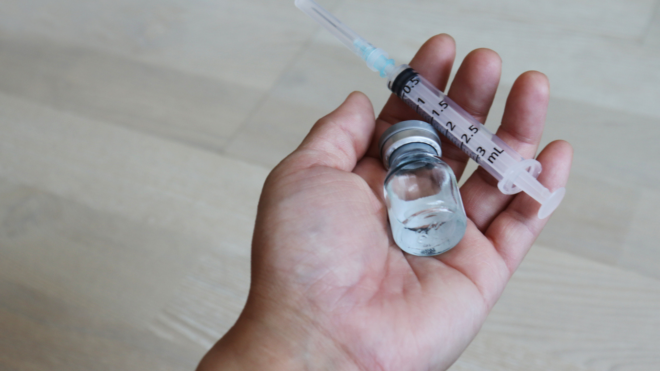The spotlight is on caramel coloring today after a U.S. consumer advocacy group urged the Food and Drug Administration to ban the additive because animal tests suggest it can cause cancer.
Caramel coloring is what typically gives cola drinks (Coke, Pepsi, Dr. Pepper, root beer, etc.) their dark brown color. But the additive is also found in several other foods and drinks.
Check out this list to see which foods contain the potentially harmful additive:
But first, a primer on caramel coloring — namely, what is it? It's a chemically derived dark brown coloring used to add visual appeal to foods. (It should not in any way be confused with pure caramel, which is made from melted sugar and is quite delicious. Pure caramel isn't healthy either but it's not cancer-causing as far as has been proven.)
Current federal regulations allow four types of artificial caramel coloring. Two of these — Caramel III and Caramel IV — have been flagged by the Center for Science in the Public Interest (CSPI) as being made with ammonia. Government-led studies have shown these colorings caused liver, lung, leukemia, and thyroid cancer in lab rats and mice.
And, now you understand the reason CSPI is petitioning for the ban.
But dark-colored sodas aren't the only products that contain these chemicals. Check out these other foods and drinks that contain these ingredients:
Beer: Caramel coloring (Caramel III) is often used in the beer-making process (even for light-colored beers) because it provides color, stability, and flavor.
Soy sauce: Caramel III is often used to produce synthetic soy sauce in order to obtain the appropriate color and flavor.
Gravies (and other sauces): Caramel III is often used here to get that deep and luxurious brown color.
Licorice: Some conventional varieties of this sugary convection contain Caramel III.
Dark breads: Particularly for some dark breads like pumpernickel or rye, Caramel IV is sometimes used to enhance flavor and visual appeal.
It may be that the claims by the CSPI are baseless as far as caramel coloring being dangerous for humans. In fact, the American Beverage Association dismisses the petition for a ban as an "outrageous and egregious attempt to dupe and scare the public."
But if you're one of those consumers that is paranoid about possibly carcinogenic ingredients in your food and beverages, then you might want to start checking the labels on the above foods.
Are you scared of caramel coloring?
Image via AlexG/Flickr




